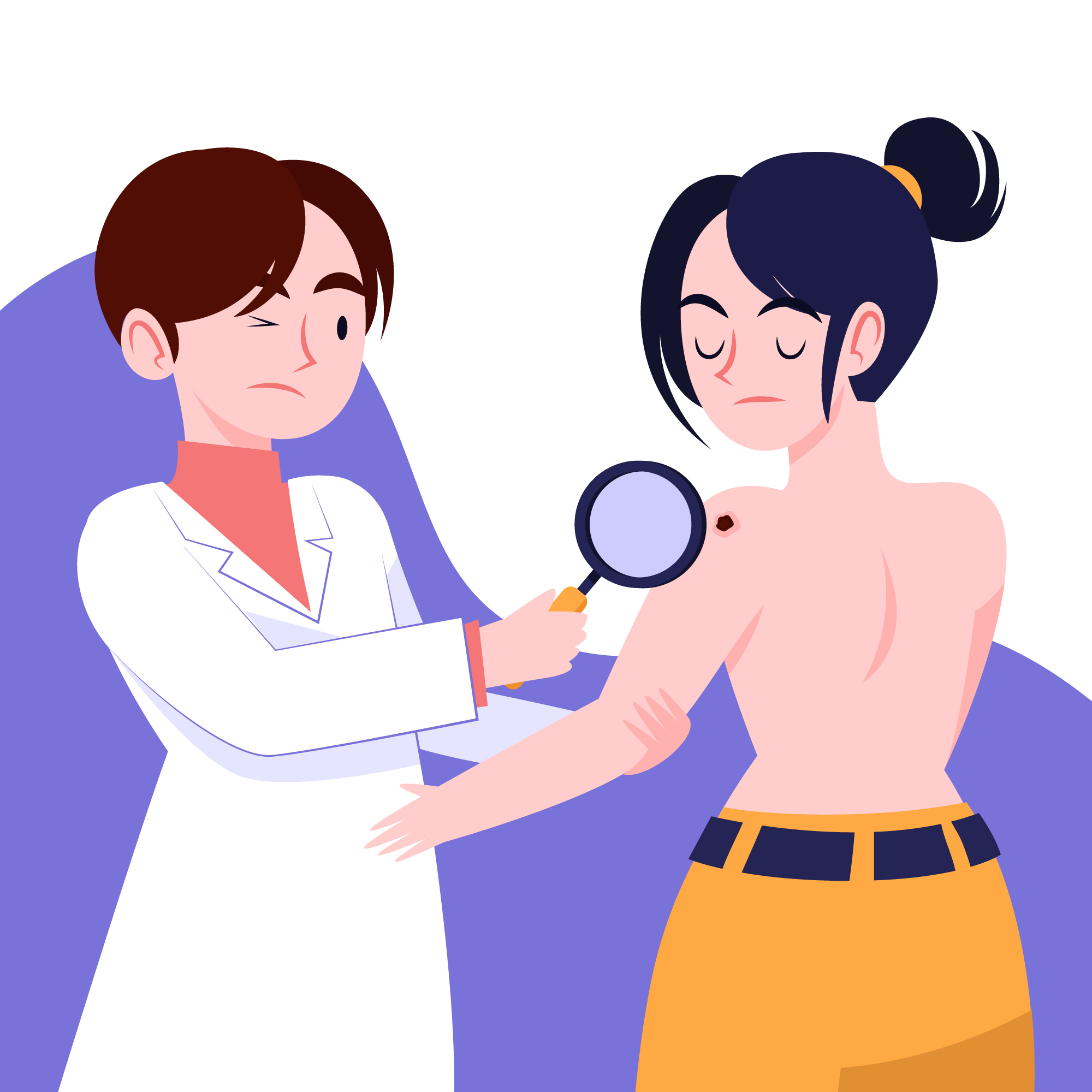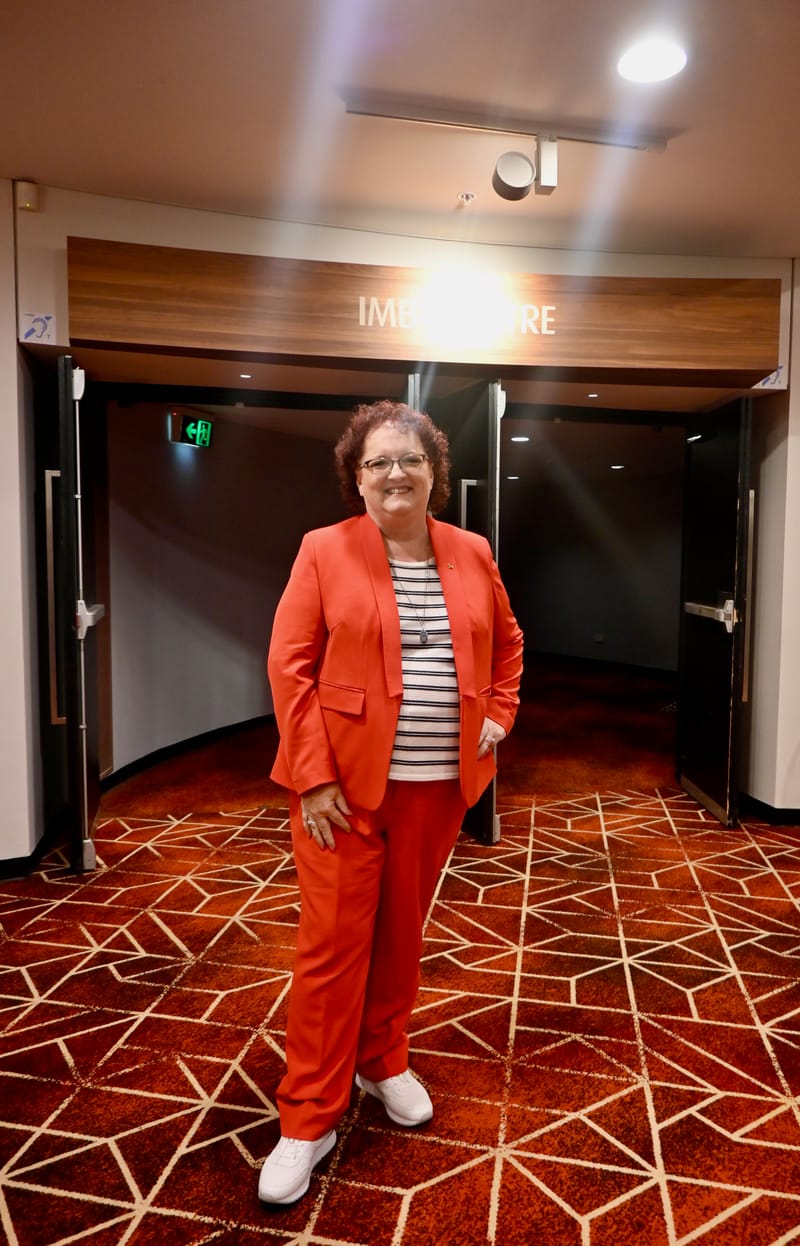Why you need to get a skin check
By Dr Ahmed AlSultan, of Equilibrium Healthcare Skin cancer is a common form of cancer in Australia, due to the levels of ultraviolet (UV) radiation. It is estimated that two out of three Australians will be diagnosed with skin cancer by the age of...

By Dr Ahmed AlSultan, of Equilibrium Healthcare
Skin cancer is a common form of cancer in Australia, due to the levels of ultraviolet (UV) radiation. It is estimated that two out of three Australians will be diagnosed with skin cancer by the age of 70. The most common types of skin cancer in Australia are basal cell carcinoma (BCC), squamous cell carcinoma (SCC), and melanoma.
There are several public health measures to raise awareness of skin cancer and encourage sun safety behaviours. These efforts have helped to reduce the incidence of skin cancer here. However, it remains a significant health concern, and it is important for individuals to take steps to protect themselves from the sun's harmful effects. Be aware skin cancer can still arise from areas that do not see much sun.
To reduce the risk of skin cancer, it is recommended to protect your skin from the sun by seeking shade, wearing protective clothing, and applying sunscreen with a high SPF. Regular self-examinations and check-ups with a skin cancer GP specialist can help to detect skin cancer early, when it is small and most treatable.
The frequency of skin cancer checks depends on various factors, such as the individual's skin type, age, history of sun exposure and skin cancer, and number of moles or other skin lesions. In general, it is recommended to have a professional skin exam once a year, especially if there is a personal or family history of skin cancer. In some circumstances, a check every six months is recommended but that would be for those with a recent history of certain types of high-risk skin cancer.
In addition to professional exams, it is important to perform regular self-exams at home, to monitor any changes in the appearance of your skin. If you notice any changes in your moles or other skin lesions, you should schedule a professional exam as soon as possible. Those changes can be:
- A new growth or mole that appears suddenly and is different from the surrounding moles.
- A mole that changes in size, shape, or colour.
- A mole that becomes itchy, tender, or painful.
- A spot or sore that does not heal within a few weeks.
- A rough, scaly patch of skin that is discoloured.
- A mole with an irregular border or multiple colours
- A mole that bleeds or oozes.
These changes can be a sign of skin cancer and should be evaluated by a skin cancer specialist GP. If you are not sure then just get it checked.
About the author

Dr Almed AlSultan is a GP at Equilibrium Healthcare in Helensburgh. In addition to being a GP, he has a special interest in skin cancer. He trained in New Zealand and has gained advanced qualifications and experience in skin cancer surgery.





